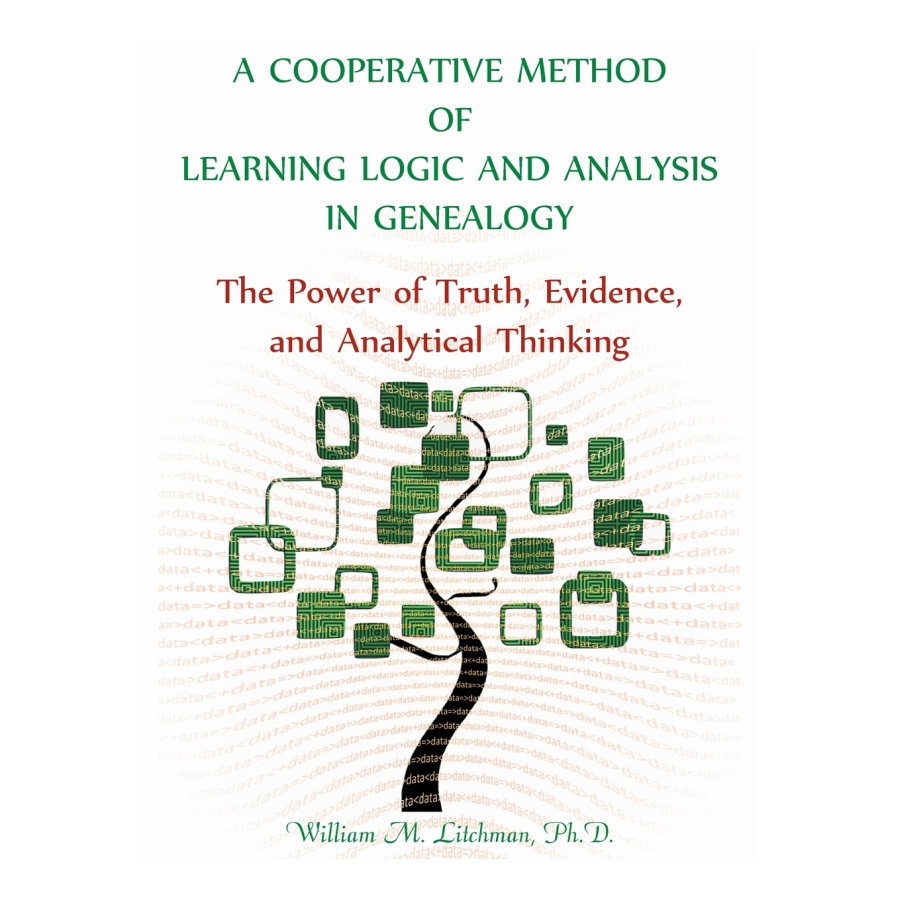A Cooperative Method of Learning Logic and Analysis in Genealogy: The Power of Truth, Evidence, and Analytical Thinking
Couldn't load pickup availability
While you may not have had the advantage of scientific training in your life, the skills of logical and analytical thinking so basic to science and to genealogy can be yours. In a lifetime of teaching, the author has found ways to help others build the skills needed to provide believable proof for conclusions based only on indirect and limited evidence. These skills are accessible to you and to all who have the desire, dedication, and persistence to learn to think rationally, using logic and analysis to work through proofs where evidence is fragmentary and piece-meal.
Follow the learning path outlined in Chapter 1, and use real-life examples of how logic and rational thinking leads to solving tricky family-history problems. Use the method outlined there to develop your abilities and skills for finding solutions in genealogical research.
Chapters include: Learning Observation, Analysis, and Logic; The Case of the Missing Grandma; Using Passenger Lists to Find a Maiden Name; The Birth Family of Amelia (Alpiger) Lentz; Widows, Stepkin and Support Networks; A Census Consensus, 1840, Warren County, Missouri; A Leap of Faith: The Dunlap-Pattison Family of Maghera; Scattered Pieces: Assembling a Family from Scanty Records; Using Cluster Methodology to Backtrack an Ancestor; Explaining the Sudden Disappearance of Mitch Evins; Descendants of Job Timberley and Rachel Melbourne; and, Shaving with Occam's Razor.
William M. Litchman, Ph.D.
2017, 8.5" x 11", paper, 130 pp.
ISBN: 9780788457838
101-L5783

